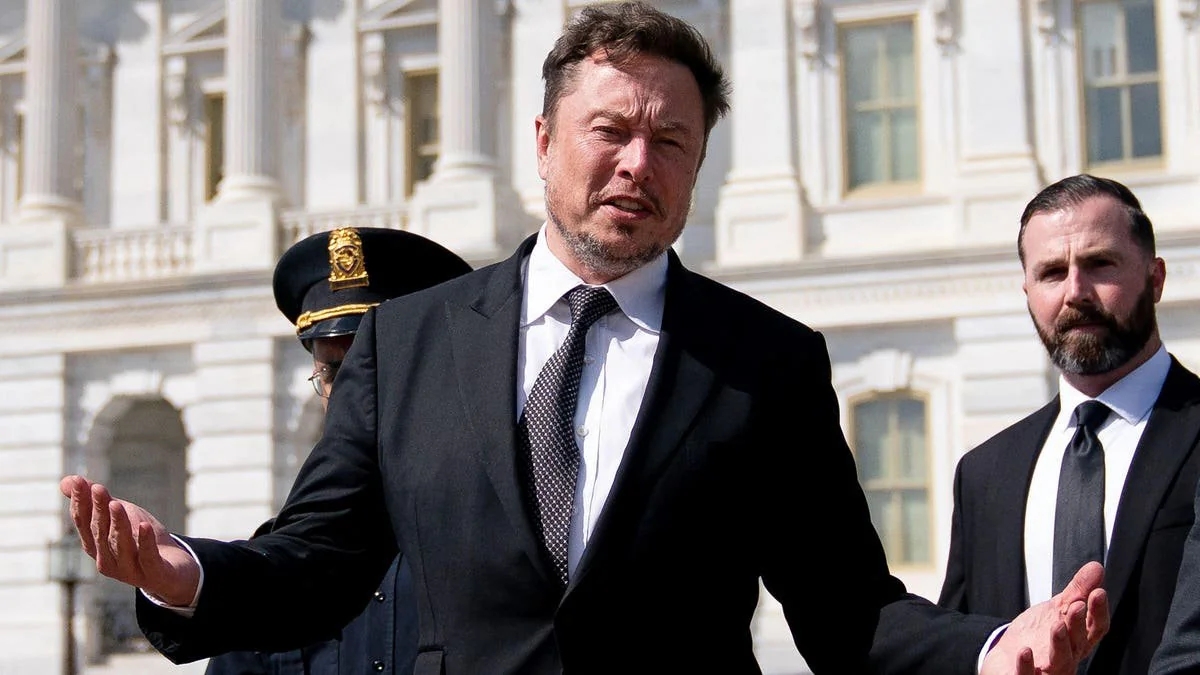In the world of the ultra-rich and famous, privacy can be a coveted asset. Celebrities, business magnates, and public figures often seek ways to shield their movements from the public eye, especially when it comes to their jet-setting adventures. For a while, Elon Musk, the CEO of Tesla and SpaceX, attempted to conceal his private jet travels using an FAA program designed to provide anonymity to aircraft owners. However, recent developments suggest that Musk has abandoned his efforts to fly incognito, marking a shift in his approach to privacy.
Musk’s venture into the realm of evading jet-tracking accounts began in January of 2022 when he signed up for the Federal Aviation Administration’s Privacy ICAO Aircraft Address Program (PIA). The PIA program, introduced in 2019, allows private jet owners to change their aircraft registration number every 20 days, making it challenging for tracking enthusiasts to follow their movements. Initially, Musk appeared committed to using this service, but recently, it seems he has had a change of heart.
According to data from the aircraft-tracking company JetSpy, Musk stopped using the PIA program on August 20, 2022, just eight months after his first registration. During this time, he applied for a new aircraft registration number four times. However, it is worth noting that Musk’s aircraft remains registered with the FAA’s “Limiting Aircraft Data Displayed” (LADD) program, a one-time registration that prevents flight data from being displayed on certain flight-tracking websites but does not hide aircraft from independent radar networks like JetSpy.
Despite Musk’s withdrawal from the PIA program, his private jet can still be tracked via ADS-B Exchange, a public flight-tracking database, as the FAA acknowledged during a conference last year that the program is not a foolproof solution. It limits the real-time identification of an aircraft through inexpensive, commercially available receivers but does not completely prevent alternative tracking methods such as plane spotting or movement correlations.

